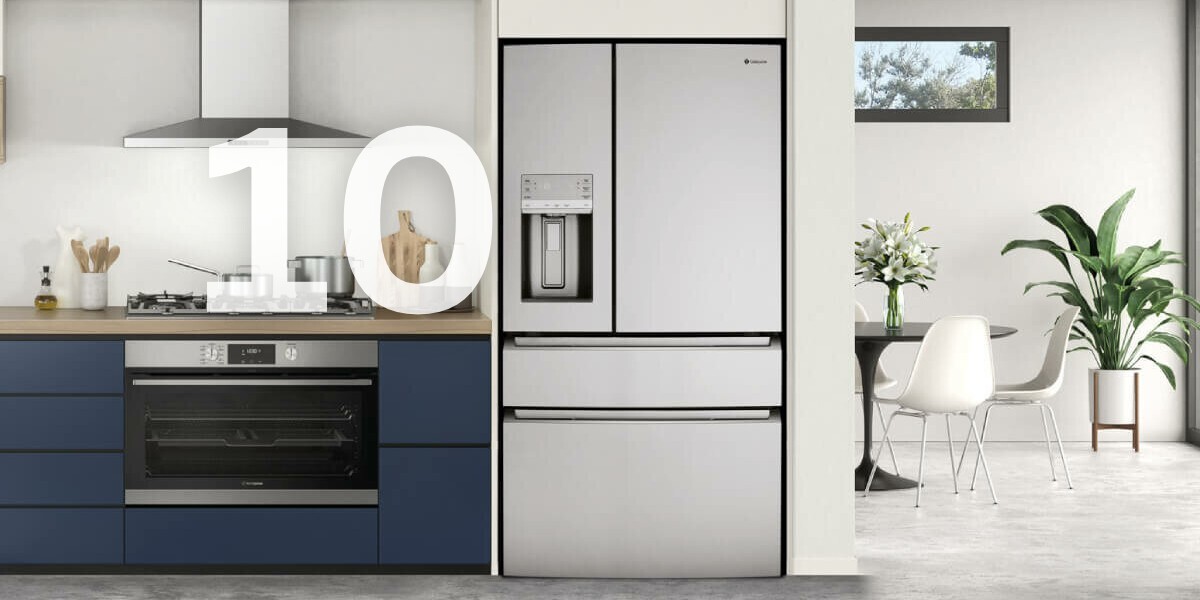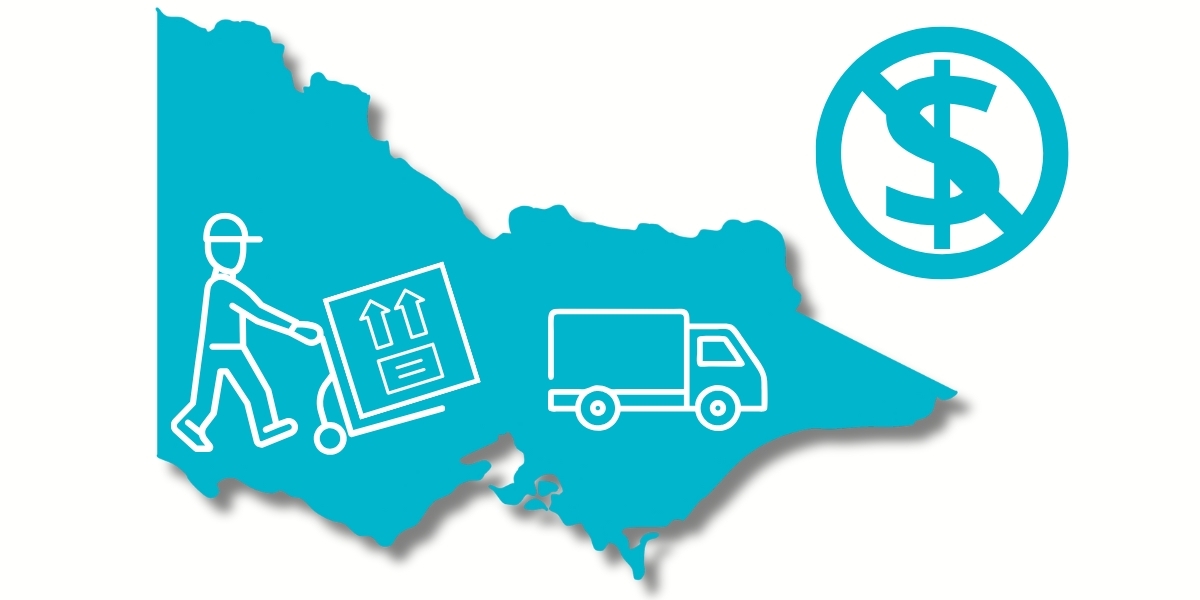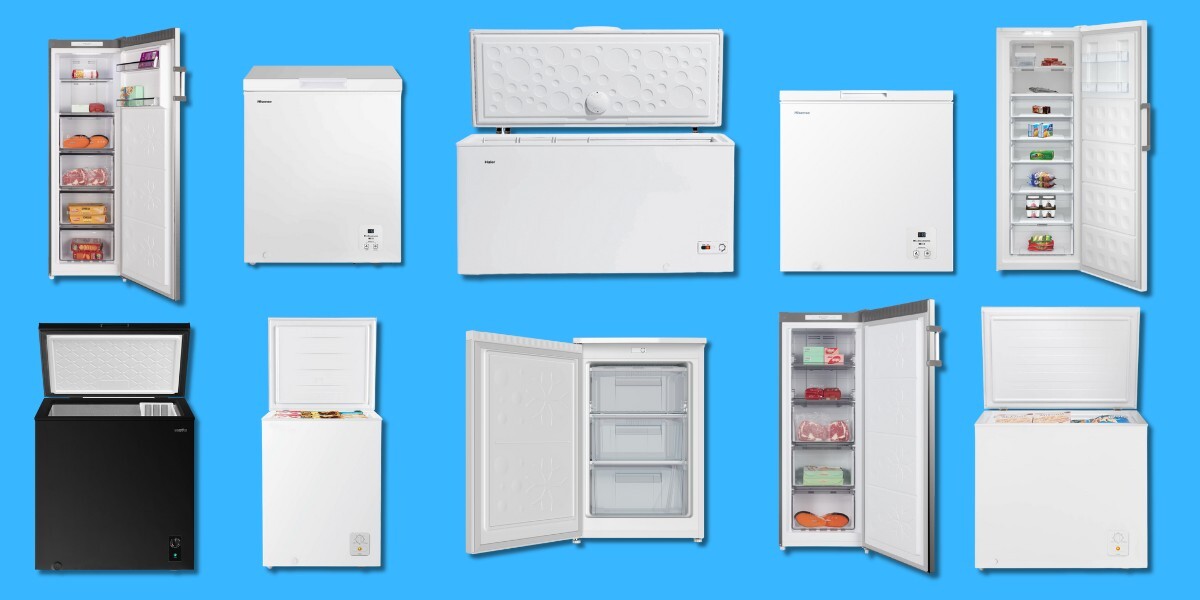
Heating, Cooling & Air Treatment
From climate control to sneeze-free air, tips to feel comfortable and breathe easy at home.
HEATING, COOLING & AIR TREATMENT | 20 SEPTEMBER, 2024
7 MIN READ
How to use portable heaters to effectively and economically heat your home
Portable heaters can be a good choice for heating smaller, contained spaces.
When winter arrives in Australia, the combination of plummeting temperatures and rising energy prices can make many of us worry how we can keep ourselves and our homes warm without vastly inflating our winter heating bills. Portable heaters (sometimes called space heaters) can be an efficient and economical solution. In this blog post, we will look at ways to use portable heaters effectively to warm your home up and save on heating costs.

1. Consider the type of heater
There are many portable heating options available, whether you prefer an electric heater or a gas heater.
Electric heaters
Electric heaters are the most common type of portable heaters. They can be energy efficient, tend to be easy to use and often have safety features like overheat protection and thermostats. Electric heaters come in various shapes, sizes and styles, including fan heaters, radiant heaters, ceramic heaters, panel heaters (which can be wall-mounted in a similar way to traditional radiators), convector heaters and even ceiling fans with heating elements (most commonly used in bathrooms).
Oil-filled column heaters are another popular choice for small rooms and spaces. A type of convection heater, they warm the air in the whole room through natural convection, drawing cool air into the heater, where it’s heated by the oil-filled columns. The hot air rises, and as it does so, creates a natural circulation of air throughout the room.
Check out 10 of the best column heaters and 5 of the best panel heaters in Australia 2025.
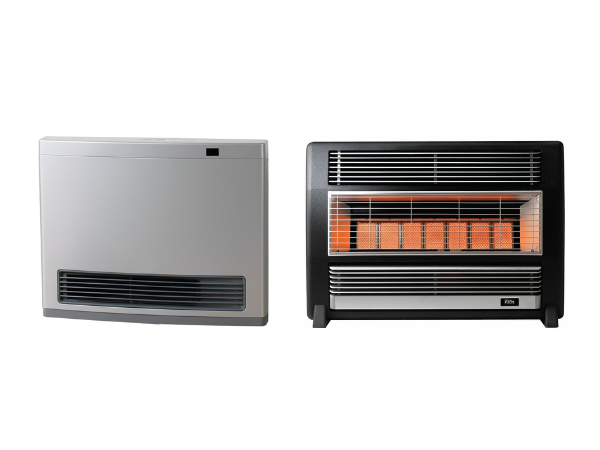
Gas heaters
Gas heating is another option, but whether you can use gas for portable heaters will depend on whether your home is connected to gas (natural gas or LPG), and whether the rooms you need heated have gas bayonet connections on the wall.
Gas heaters can be a good choice for larger rooms, and are generally cheaper to run than electric heaters, but they cannot legally be used in bedrooms or rooms without good ventilation. Some models require a flue or ventilation system to avoid the build up of carbon monoxide emissions. Some Australian States also have regulations prohibiting the installation of new gas heaters, so check what’s allowed in your area.
2. Consider room size
When choosing a portable heater, it's important to consider the size of the room you want to heat.
If you are at home alone during the day, you may only need to heat a small area of your home. In this case, a portable electric heater or lower powered gas heater can be a great option. They can be energy efficient for heating small spaces quickly and effectively. For large rooms, however, you will probably be better served by a larger gas heater or a panel heater.
Our Heater Buying Guide has some great tips on how to measure your room to find the right wattage heater to efficiently heat the space - without wasting money by inadvertently overheating it.
3. Consider energy efficiency
It’s not mandatory for portable heaters to display energy ratings, but if any models you are comparing do spruik their eco credentials, energy saving settings and information about higher heat output in relation to lower wattage input, they could be worth further consideration.
The following two points, however, are probably more easily identifiable features on some portable heaters that could help you lower energy costs.
4. Use a thermostat
Using a thermostat with your portable heater is a great way to save on heating costs. It allows you to set the temperature you want, and the heater will automatically turn on and off to maintain that temperature. This means you won't be wasting energy or money heating your home to higher than desired temperatures. It’s worth paying extra for a heater with built in thermostat so you can set and forget.
5. Use a timer
Another way to save on running costs is to use a timer with your portable heater. This allows you to set the heater to turn on and off at specific times, so you can heat your home only when you need to. This is especially useful if you are out of the house at work during the day and only need to heat your home in the evenings. Even the most vigilant among us can forget to manually switch off a quiet oil column heater, so it’s a valuable feature to have.
The morning timer can switch the heating on half an hour before you get out of bed and off again just before you leave the house (easy to forget in the morning rush!). The timer can then start heating the house up again half an hour before you arrive home in the evening and turn off as you go to bed.
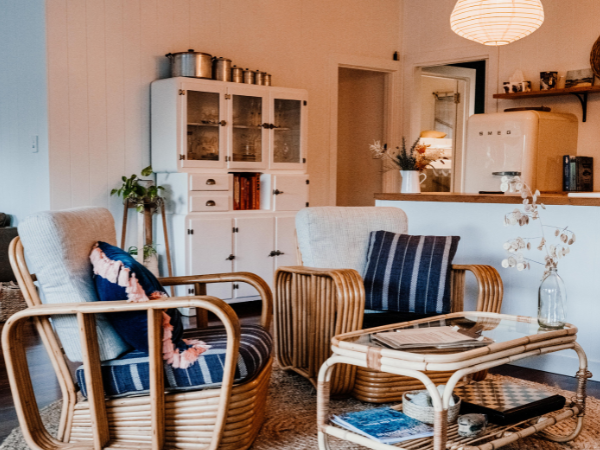
Other options
Portable heaters can be a great choice for smaller homes, when you just want to heat individual rooms or isolated areas of larger homes, or when you can’t make changes to a property. If you’re heating larger spaces though, like a whole apartment or house, you may want to consider a couple of different options.
Incorporating your heating and cooling into home renovation plans
If you are considering renovating your home, it's a good idea to incorporate your longer term cooling and heating options into your plans. Installing a reverse cycle air conditioner or a ducted air conditioning system with a high energy rating can save you a lot of money on energy bills in the long run
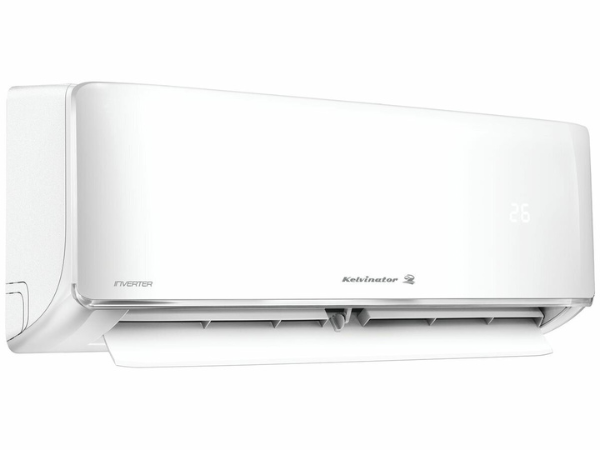
Using a reverse cycle air conditioner
A reverse cycle split system air conditioner is another option for heating your home efficiently and economically. Reverse cycle means it can be used to provide heat in colder months as well as cool air in warm months.
The heating mode works by absorbing heat from outside air (even from cold air in winter) using a refrigerant and then compressing it to increase its temperature. A built-in fan then blows the warm air throughout your home.
This is a great option for those who live in areas with relatively mild winters, which is much of Australia. Many portable air conditioners and window air conditioners are also reverse cycle.
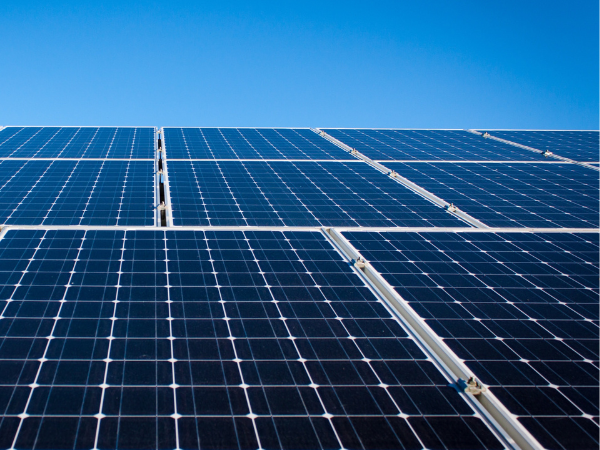
Installing solar panels
If you have solar panels installed in your home, your portable electric heaters - like the rest of your electrical appliances - will be powered by renewable energy. Solar panels can be expensive in terms of upfront purchase and installation costs, but they pave the way for ongoing savings on your electricity bills.
Portable convenience for small spaces
Portable heaters can be an effective and economical way to heat your home during winter. By choosing the right type of heater, considering the size of the room, using a thermostat and timer, and using renewable energy sources like solar panels, you can save money on heating costs and reduce your energy use. It's important to choose a heater with safety features like overheat protection when making your choice. With these tips in mind, you can stay warm and comfortable during the cold winter months without breaking the bank.
Get warmer sooner, with Free, Next Day Delivery*
We deliver portable heaters, as well as reverse cycle air con units and everything else you can find on our site to 95% of Australia’s population with Appliances Online's legendary FREE delivery - and we can usually get it to you by the next day (Mon-Fri). Check out our full range of home heating systems and if you need a few more tips on choosing the right one for your home, call our friendly team 24/7 on 1300 000 500

Oli is Appliances Online's editor and blogger, with almost two decades of lifestyle-related writing and editing to his name. With a mission to help you buy better and live smarter, his brand loyalty will forever belong to the appliance manufacturer that develops a self-emptying dishwasher.
Latest Articles
KITCHEN
2 DECEMBER 2025
Our Top 10 best selling French door fridges in Australia 2025
We look at capacity, energy efficiency, features and prices
KITCHEN
1 DECEMBER 2025
How long does food keep for in the freezer?
Smart freezing tips to reduce food waste
HOME LIVING+
28 NOVEMBER 2025
Yes - we have free delivery for appliances in Melbourne and VIC!
Why pay for delivery when you can get it for free?
KITCHEN
26 NOVEMBER 2025
Our Top 10 best selling freezers in Australia 2025
Make summer a breeze with some extra freeze
More Like This
KITCHEN
2 DECEMBER 2025
Our Top 10 best selling French door fridges in Australia 2025
We look at capacity, energy efficiency, features and prices
KITCHEN
1 DECEMBER 2025
How long does food keep for in the freezer?
Smart freezing tips to reduce food waste
HOME LIVING+
28 NOVEMBER 2025
Yes - we have free delivery for appliances in Melbourne and VIC!
Why pay for delivery when you can get it for free?
